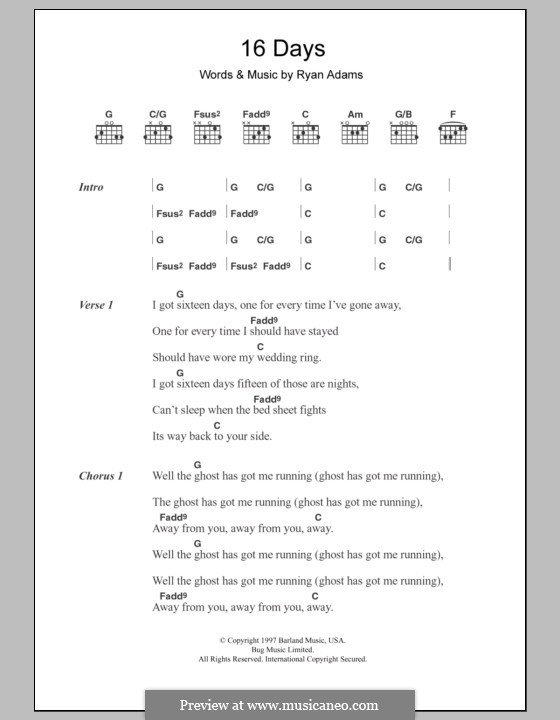

Meeks reunited briefly with Vincent on I’m Back and I’m Proud, which presented an updated version of Vincent’s sound fueled by Meeks’ Strat twang with Rhodes’ steel work and enhanced by contributions from Mars Bonfire (Steppenwolf), Skip Battin (Byrds), John Sebastian (Lovin’ Spoonful), and newcomer Linda Ronstadt. In ’69, he formed Johnny Meeks and the Detours with famed pedal-steel player Red Rhodes, which recording tracks for the Custom label that addressed the burgeoning “California country” movement and rock-influenced honky-tonk music of the era. In 8, he employs the Strat’s vibrato to shake the E-Bb tritone (another blues staple) over D7, and closes with a G-G6 pattern common to R&B. He plays blues-scale double-stops over C7 for an idiomatic minorizing blues move in 7 (the characteristic Db tension in the pattern). To establish the aggressive rhythmic nature of his improvisations, he begins with double-stops and chord partials note the chromatic “push” chords in measures 2 and 5 of the otherwise triadic figures and telling use of a major-sixth tone (E) indigenous to Western swing. Meeks responded with a succinct signature solo made of blues, R&B, and country elements. Gene Vincent’s first hit single after “Be-Bop-A-Lula,” it’s a mid-tempo number embodying the blues-based I-IV-V harmony of early rock.

“Lotta Love” introduced fans to Johnny Meeks.

In ’59/’60, he played guitar on The Champs’ “Red Eye” (the instrumental B-side “The Little Matador” is his composition), toured with swamp pop R&B teenage idol Jimmy Clanton, and appeared in two feature films, The Fine Young Cannibals and Roustabout (Elvis Presley). He formed the Tune Toppers, performed regularly at nightclubs including with the house band at the Palomino, and occasionally engaged in studio work. Meeks composed the classic “Say Mama” before leaving Vincent’s band in October of ’58 and relocating to Los Angeles, where he remained on and off for 30 years. Meeks’ playing graces an influential period in Vincent’s career, marked by “Lotta Lovin’,” Vincent’s only Top 20 hit (#13 in September of ’57) apart from “Be-Bop-A-Lula,” “Dance to the Bop” (#23 January ’58) and the album Gene Vincent Rocks!.

His recording debut with Vincent took place at the Capitol Tower Studio, Hollywood, on June 19, 1957.
#HILLBILLY ROCK CHORDS MOVIE#
Earl and Blue Caps guitarist Paul Peek recommended Meeks to Gene Vincent after Gallup’s departure, and he joined in time to perform on “The Ed Sullivan Show” and at jamborees in the Ozarks, Dallas, and Los Angeles, appear in the 1957 movie Hot Rod Gang, and tour internationally.
#HILLBILLY ROCK CHORDS TV#
He was a member of Country Earl and the Circle E Ranch Gang, which packed venues in the Greenville area while maintaining a large following with their WESC radio program and weekly TV show in Asheville. Bred on country music, he was a favorite local singer/guitarist who played his first song on WLBG radio and generated considerable mystique with his unusual three-neck electric guitar (four-string mando, six- and 12-string guitars) made by Pee Wee Melton. Johnny Meeks was born April 16, 1937, in Gaffney, South Carolina, and grew up in Laurens. Either way, the mythos of the Strat in rock and roll begins here. Regional factors considered, Holly probably acquired his ’54 Strat in Lubbock the following year, but didn’t venture to Nashville with it until ’56, while Meeks was playing a Strat before Vincent hired him in early ’57. Johnny Meeks was a devoted Stratocaster player when he appeared with Vincent in ’57, making him perhaps the earliest rock musician (along with Holly) to embrace the new instrument. But which guitar? Danny Cedrone, Scotty Moore, Berry, and Cochran brandished hollowbody archtop Gibsons and Gretsches, Paul Burlison and James Burton preferred Telecasters, Perkins vacillated between an ES-5, Les Paul, and Tele, while Cliff Gallup played a Duo-Jet. Guitar was central to the rise of rock and roll. Though the term was yet to be coined, rock and roll was the mindset emblazoned in Bill Haley’s 1954 hits “Rock Around the Clock” and “Shake, Rattle and Roll.” After Elvis cut his Sun sessions that same year, a movement began as songs by Chuck Berry, Perkins, Vincent, Holly, Cochran, and Ricky Nelson continued to assault the pop charts. The music may have been an amalgam, but the attitude was single-minded. Called “rockabilly,” its emissaries were Elvis Presley, Carl Perkins, Eddie Cochran, Buddy Holly, and Gene Vincent & His Blue Caps. In the 1950s, “rock” music was a melange of blues, country, and hillbilly that also snared elements from boogie-woogie, gospel, Western swing, doo-wop, and prototype R&B.


 0 kommentar(er)
0 kommentar(er)
